#byzantine architecture
HAGIA SOPHIA II
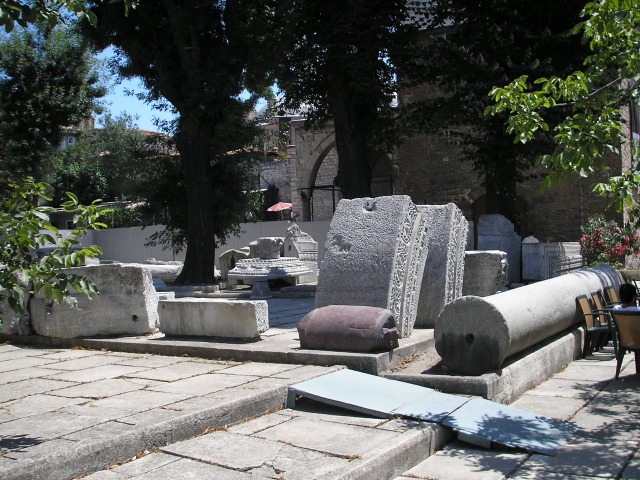



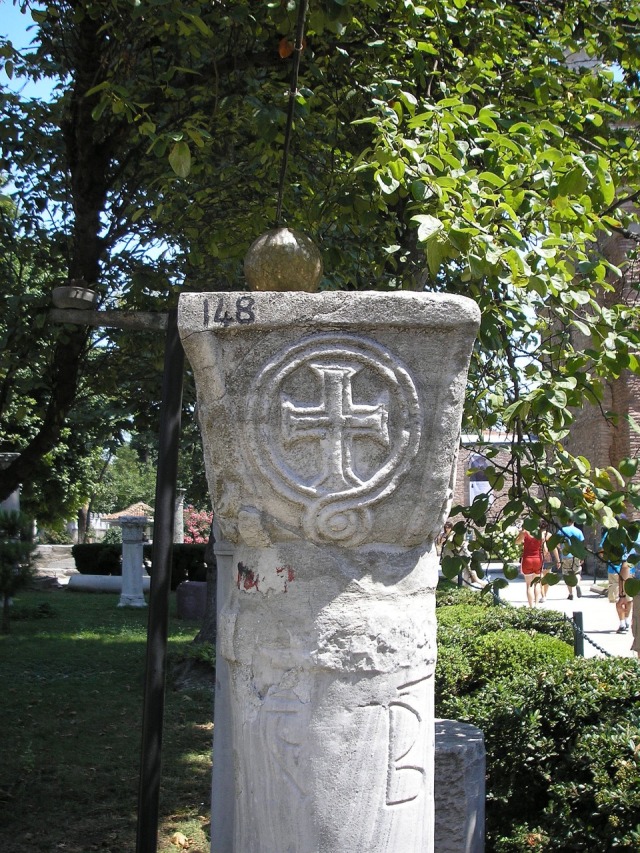

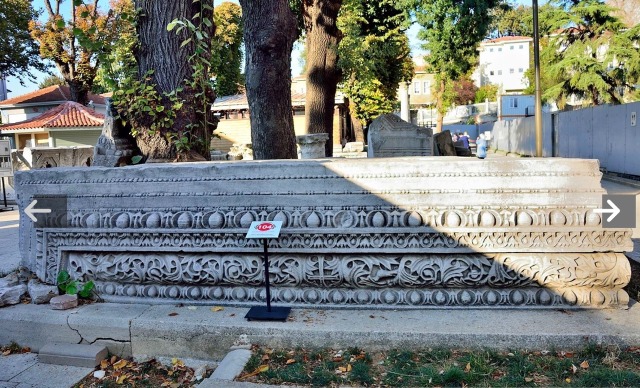

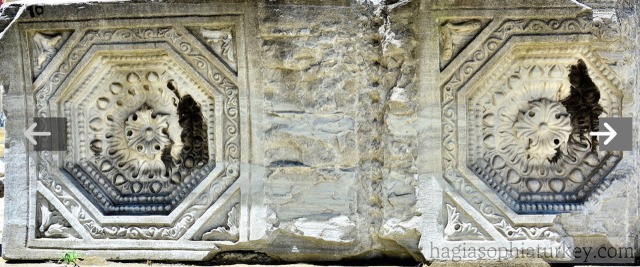

Theodosius II rebuilt the principal church of Constantinople in AD 415 after fires in 402 and 412 had destroyed the original structure founded by Constantine. The church was dedicated to Holy Wisdom—Hagia Sophia (Αγία Σοφία). Little is known about the church of Theodosius other than it was basilican in form, had a timber roof, and was preceded by a spacious atrium. The name of the architect, Rufinus, is preserved.
Some architectural remains of the monumental western façade were excavated in 1935. These richly decorated fragments were part of a porch consisting of an arcuated pediment carried by corinthian capitals and a coffered barrel vault. The lintel frieze depicts 12 lambs which symbolize the 12 apostles.
The Theodosian foundation was burned to the ground in AD 532 during the Nika Riots. Justinian I rebuilt the current church of Hagia Sophia on the same site in a record 5 years. The stark contrast in styles and building techniques between the two monuments indicates that the transition from early Christian to Byzantine architecture had been completed.
Mănăstirea Putna /Putna Monastery, Romania by Dragoş Frangu
Mănăstirea Putna /Putna Monastery, Romania by Rita Willaert
Biserica Domnească Sfântul Nicolae/ St. Nicholas Church, Curtea de Argeș, Romania by fusion-of-horizons
Biserica Domnească Sfântul Nicolae, Curtea de Argeș, Romania by Budoiu Bogdan
Biserica Domnească Sfântul Nicolae/ St. Nicholas Church, Curtea de Argeș, Romania by fusion-of-horizons

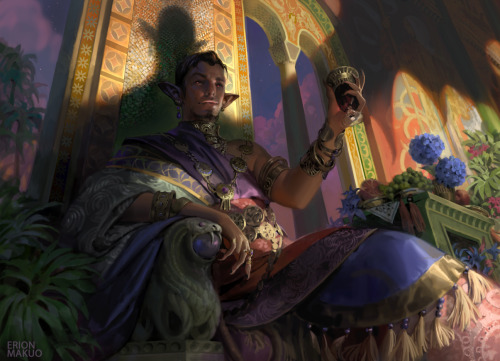


![Sfantul Nicolae Domnesc [Curtea de Arges]](https://live.staticflickr.com/7217/6965975080_c6f156016b_b.jpg)

